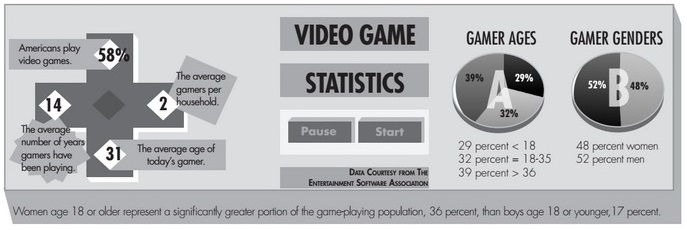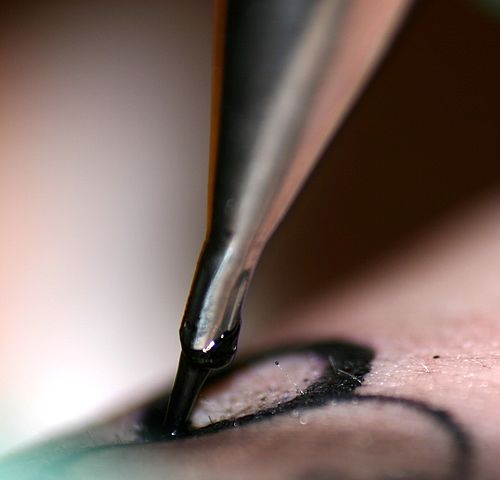Maria Soledad Lorenzino / Staff Writer
At last month’s E3, video game developers presented their latest wares to the masses of content hungry gamers. The game that caused the most commotion was Ubisoft’s Assassin’s Creed Unity, but not for its riveting gameplay or captivating story line. Ubisoft’s latest addition to their historical fiction franchise introduced multiplayer gameplay, where gamers play cooperatively as four different characters, instead of solely the protagonist. The problem? All four characters are white men. When asked why the company didn’t include a female playable character, Ubisoft creative director Alex Amancio stated “It’s double the animations, it’s double the voices all that stuff and double the visual assets. Especially because we have customizable assassins. It was really a lot of extra production work. Because of that, the common denominator was Arno [the white, male protagonist]. It’s not like we could cut our main character, so the only logical option, the only option we had, was to cut the female avatar.” Amancio also stated that “more than 8,000 animations would have had to be recreated on a different skeleton.”
The internet was quick to call out Ubisoft, as #womenaretoohardtoanimate trended on twitter. Some people made fun of the statement, while others vowed to never buy an Assassin’s Creed game again. Former Ubisoft designer Johnathan Cooper tweeted that in his “educated opinion, I would estimate this to be a day or two’s work. Not a replacement of 8000 animations.” For a company that tends to be very thorough with their historical research, Ubisoft failed to notice that the most important assassin during the French Revolution was, in fact, a woman. Charlotte Corday assassinated Jacobin political leader Jean-Paul Marat and was guillotined for her actions at the age of 24. Considering the franchises close ties to history, Corday would have made an interesting playable character. While Ubisoft was discussing what seemed to be a sorry excuse for their lack of diversity, Nintendo was introducing a plethora of playable female characters. Most notable was Hyrule Warriors, a cooperative open world game based on the popular Legend of Zelda series. Gamers can play a number of characters from the franchise, including Princess Zelda, Impa, or Link. So far, all the playable characters introduced except for the hero of time himself are women. Nintendo also introduced female playable characters in their newest installment of Super Smash Brothers and Pikmin 3. What is most shocking is that the Assassin’s Creed series tends to be groundbreaking and progressive.
What is most shocking is that the Assassin’s Creed series tends to be groundbreaking and progressive.
In recent years, Assassin’s Creed seemed to be heading the right direction of female characters. They introduced their first playable female character, Aveline de Grandpré, in Assassin’s Creed III: Liberation, an exclusive spinoff release for the handheld PS Vita. In Assassin’s Creed IV: Black Flag, a game based on the pirate infested Caribbean, Ubisoft presented two of the most complex and distinct female characters of the year. One was Mary Reed, who crossed dressed as a male pirate captain named James Kidd. The other, Anne Bonny, starts off as a bar maid and works her way to become the main character’s first mate. All signs pointed to another game with strong women, and many hoped a female protagonist. But Ubisoft decided to throw all their progress down the drain and feature four different versions of the same white guy instead of diversifying their cast. This is not a new problem. The video game industry is no stranger to excluding women.
Although a 2014 study by the Entertainment Software Association shows 48 percent of gamers are women, many developing giants insist there is no audience for female protagonists. Very few games have playable female characters. Those that do are usually hyper sexualized, like Tomb Raider, Bayonetta, Street Fighter and Mortal Kombat. It would be wrong to say the video game industry hasn’t changed, but there are still men in high positions who refuse to admit that women are an important part of gaming. Until those men are replaced or change their mentality, women will continue to be too hard to animate. Maria.Lorenzino@fiusm.com






Be the first to comment on "Video game industry finds new ways to exclude women"